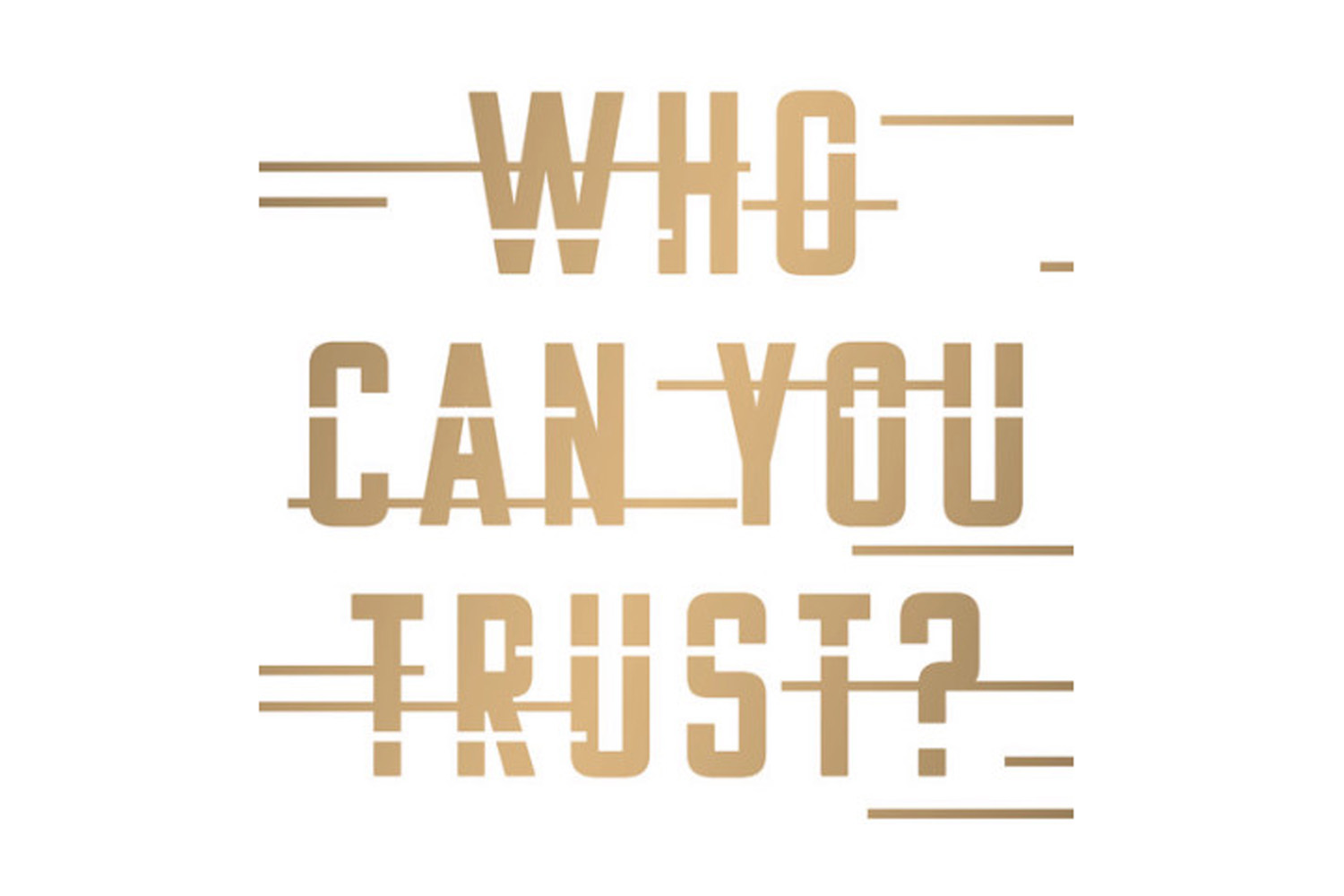How many times have you turned on a fake smile? Chances are, you’ve done it a lot, with colleagues, prospects, family, and friends. Research on the sincerity of smiles (the spontaneous one vs. the one you try on when you’re offered broiled armadillo bites at a cocktail party) indicates there are good reasons to understand the value of a smile.
The spontaneous non-fake smile is called the Duchenne smile in honor of Guillaume-Benjamin-Amand Duchenne (b. 1806, d. 1875). Duchenne investigated the language of facial expressions and was the first to identify the difference between the emotionless smile and the honest smile of the soul.
He wrote in his journals:
In the face our creator was not concerned with mechanical necessity. He was able in his wisdom or—please pardon this manner of speaking—in pursuing a divine fantasy…to put any particular muscles into action, one alone or several muscles together, when He wished the characteristic signs of the emotions, even the most fleeting, to be written briefly on man’s face. Once this language of facial expression was created, it sufficed for Him to give all human beings the instinctive faculty of always expressing their sentiments by contracting the same muscles. This rendered the language universal and immutable.
The Duchenne smile is characterized by pronounced crow’s-feet alongside the eyes, and elevated cheeks. The muscles involuntarily contract when it is your heart’s mission to put joy on your face. This is very difficult (some claim impossible) to do artificially, which is why photographers always cajole and embarrass you to make you crack up in front of a camera.
Few of us regularly sport a real Duchenne because smiling is a Learner/Researcher activity and we’re not normally in the L/R. The smile does not represent a judging thought process, or a right or wrong value debate. It is a body language symbol for reaching out to the L/R of another party.
But we’re in our Knower/Judgers, constantly judging the world and its occupants. Our expressions are ones of introspective turmoil while we compare what we’re seeing or hearing against what we “know.” I’ve been prone to that. I can even be looking at someone who’s attempting to get me to understand his or her point of view and frown at the person (unconsciously, of course) while I ponder the ridiculousness (by my K/J evaluation) of the theorem.
You will notice that very young children do not possess the mechanism for scrunching up a fake smile. When a young child smiles, it lights up the room, doesn’t it? It’s only after we grown-ups have taught the child that smiling is one of the behaviors that generates positive attention that this mechanism becomes corrupted.
Why is smiling so important? Here’s a little experiment. Imagine you’re proposing some action to each of these people (company policy, dinner choices, whatever). What is your first reaction to each?
Let’s assume for the moment that each of these is your boss, or your spouse, or your direct report. You haven’t yet even opened your mouth. Do you have some idea of where a conversation will head from this moment on?
Now let’s assume each of these photos is you. I rest my case.



One thought on “Come On, Give Me a Duchenne”